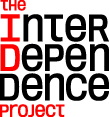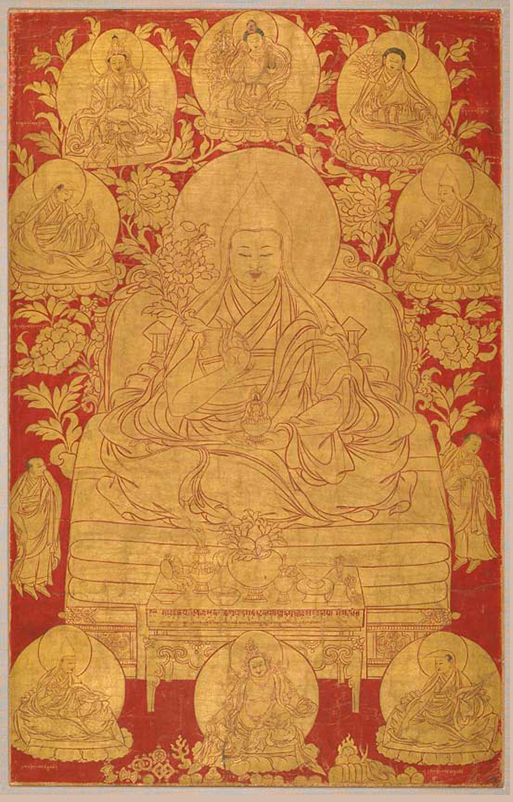
About the Meditation
Meditation session led by Tracy Cochran.
The guided meditation begins at 17:44.
For centuries Himalayan practitioners have used meditation to quiet the mind, open the heart, calm the nervous system, and increase focus. Now Western scientists, business leaders, and the secular world have embraced meditation as a vital tool for brain health.
Whether you’re a beginner, a dabbler, or a skilled meditator seeking the company of others, join expert teachers in a forty-five-minute weekly program designed to fit into your lunch break. Each session will be inspired by a different work of art from the Rubin Museum’s collection and will include an opening talk, a twenty-minute meditation session, and a closing discussion.
This program is supported in part by the Hemera Foundation with thanks to our presenting partners Sharon Salzberg, the Interdependence Project, and Parabola Magazine.


Related Artwork

Theme:Care
The Fifth Dalai Lama, Ngagwang Lobzang Gyatso, depicted here holding a lotus and a vase of longevity, was the first theocratic ruler of a unified Tibet. His status is expressed through a language of divine inheritance, the succession of past glorious empires through reincarnation. The Fifth Dalai Lama identified himself as an incarnation of the Bodhisattva of Compassion, Avalokiteshvara, depicted in this painting at top center. Avalokiteshvara was not only the patron deity of Tibet but also the founder of the Tibetan Empire, Songtsen Gampo (ruled 617″“650, depicted at top left), was considered his emanation. By asserting himself as an emanation of Avalokiteshvara, the Dalai Lama was symbolically declaring that his was a divine kingship and more specifically that he was in the lineage of the Tibetan emperor who first united Tibet and thus positioned himself as the rightful inheritor of the old Tibetan Empire.
About the Speaker

Tracy Cochran has been a student and teacher of meditation and spiritual practice for decades. She is the founder of the Hudson River Sangha, which is now virtual and is open to all. The link for her weekly meditations can be found on tracycochran.org.
Tracy has taught mindfulness meditation and mindful writing at the Rubin and the New York Insight Meditation Center, as well as in schools, corporations, and other venues worldwide. She is also a writer and the editorial director of Parabola, an acclaimed quarterly magazine that seeks to bring timeless spiritual wisdom to the burning questions of the day. Her writings, podcasts, and other details can be found on her website and on parabola.org.
